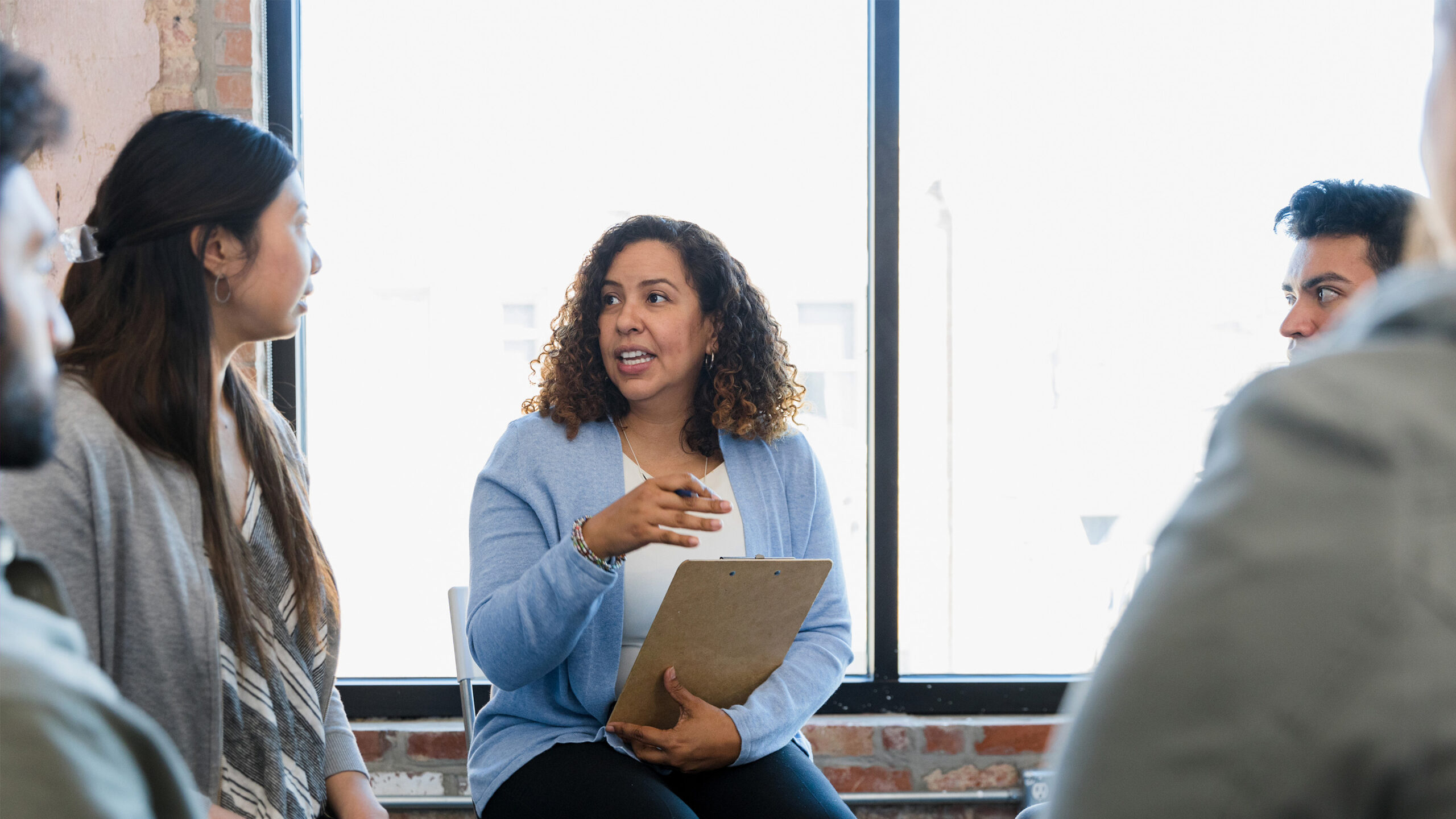Reflecting on the tenets that shape our educational practices is fundamental for …
Creating Opportunities for Teachers to Engage in Meaningful PBL Collaboration
Carlos Changemaker

Effective project-based learning (PBL) relies heavily on collaboration among teachers, a skill seen as vital for future success. However, integrating new initiatives into school calendars, with limited professional development days, requires careful planning. To establish PBL successfully as a lasting instructional approach, teachers must have time to foster mutual support and share ideas to enhance their teaching practices.
Creating time for genuine collaboration among teachers can be challenging. When educators are asked about the main obstacle to implementing PBL, the most common response is often “finding time for collaboration with colleagues,” emphasizing the complexity of this issue.
Ensuring that deep and fruitful collaboration takes place without feeling like an added burden requires thoughtful strategies from school leaders. Implementing specific techniques to facilitate this crucial aspect of PBL is essential.
1. Maintain a Focus on PBL to Allow Teachers to Utilize Spare Moments
While formal platforms for teacher collaboration may seem ideal for enhancing PBL skills, these settings are typically occupied with other pressing matters, leaving minimal room for instructional discussions. Teachers often find opportunities for PBL collaboration informally during short intervals between tasks or at unconventional times. This approach of seizing brief moments for PBL discussions can be key to its sustainability, provided there is consistent advocacy from leaders.
By emphasizing the importance of PBL regularly, leaders impart the message that it remains a priority. Consistency in promoting PBL, even in small ways like integrating resources in communications or sharing project updates, helps keep teachers primed for collaboration whenever they have brief windows of opportunity.
Incorporating resources and updates related to PBL in faculty communications, showcasing projects on school platforms, and employing a consistent “drip campaign” strategy can help reinforce the idea that PBL remains a core focus for the school.
2. Utilize Asynchronous Methods for Collaboration
Lessons learned from remote teaching during the pandemic underscore the value of asynchronous collaboration opportunities. Implementing strategies that allow teachers to collaborate at their own convenience can be a game-changer for fostering PBL practices without burdening their schedules further.
For example, one school showcased weekly PBL practice problems next to teacher mailboxes, inviting teachers to contribute ideas anytime. This approach generated numerous solutions without disrupting their regular meetings or planning periods.
Another inventive approach involved sharing educational resources in unexpected places, such as a staff bathroom, using a QR code to provide access to insightful articles. Leveraging asynchronous methods like these can offer unique opportunities for building teacher capacity.
3. Empower Key Advocates to Drive PBL Initiatives
Identifying and empowering teachers known as early adopters or “lighthouses” can significantly influence the success of PBL initiatives. These individuals serve as influential figures who encourage their peers to engage with new ideas and practices, fostering a culture of collaboration and innovation.
By providing these lighthouses with opportunities to share their experiences and strategies with colleagues, school leaders can effectively promote the adoption of PBL practices. Allocating time, resources, and support to these influential teachers can inspire others to join the movement towards effective PBL implementation.
Engaging lighthouses in staff meetings, offering release time for collaboration, and involving them in planning teams can further enhance the impact of their advocacy on the broader teaching community.
4. Encourage Feedback and Input from Staff Members
Effective leaders acknowledge the value of input from their staff when implementing PBL initiatives. While leaders provide guidance and direction, involving teachers in decision-making processes can enhance collaboration and ensure diverse perspectives are considered.
By soliciting feedback from staff members on collaboration opportunities, leaders can create a more inclusive and responsive environment that empowers teachers to contribute to the ongoing development of PBL practices within the school community.
Empowering teachers through opportunities to provide input and voice their preferences can lead to successful outcomes, as seen in examples where staff engagement and ownership resulted in notable achievements in PBL implementation.



